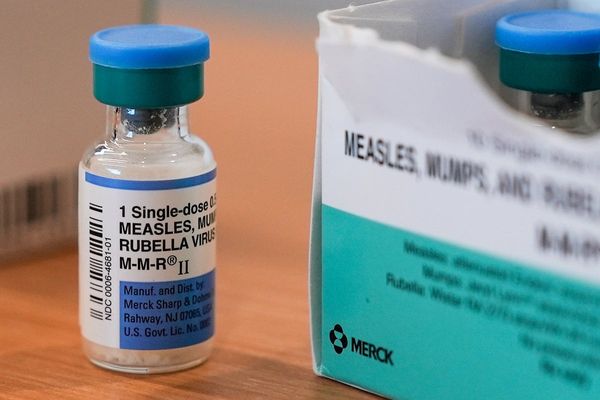
November WTI crude oil (CLX25) today is up +0.80 (+1.31%), and November RBOB gasoline (RBX25) is up +0.0400 (+2.15%).
Crude oil and gasoline prices are rising today after OPEC+ agreed to a smaller-than-expected increase in its crude production levels. Also, reduced Russian crude production is supporting oil prices after Reuters reported that Russia's Kirishi oil refinery halted most of its production following a drone attack by Ukraine. Gains in crude are limited after the dollar index (DXY00) rallied to a 1-week high today.
Crude prices garnered support today after OPEC+ agreed to a +137,000 bpd increase in its crude production target beginning next month, below market expectations of as much as a 500,000 bpd boost to production.
Reduced crude production in Russia is supportive for oil prices after Reuters reported that Russia's Kirishi oil refinery, with a capacity of 160,000 bpd, has halted most of its production following a Ukrainian drone attack and fire at the refinery on Saturday. Ukraine has targeted at least 15 Russian refineries over the past two months, exacerbating a fuel crunch in Russia and limiting Russia's crude export capabilities. Ukrainian drone and missile attacks on Russian refineries have curbed Russia's total refined-product flows to 1.94 million bpd in the first fifteen days of September, the lowest monthly average in over 3.25 years.
A decrease in crude oil held worldwide on tankers is bullish for oil prices. Vortexa reported today that crude oil stored on tankers that have been stationary for at least seven days fell by -7% w/w to 82.81 million bbl in the week ended October 3.
Last Thursday, crude oil tumbled to a 4.25-month nearest-futures low and gasoline sank to a 4.5-year low due to the outlook for larger OPEC+ crude production. OPEC+ is boosting output to reverse the 2-year-long production cut and restore a total of 2.2 million bpd of production. OPEC's September crude production rose by 400,000 bpd to 29.05 million bpd, the highest in 2.5 years.
Crude prices are also under pressure as the International Energy Agency (IEA) projects the global oil market is headed for a record surplus next year of 3.33 million bpd, about 360,000 bpd more than they projected a month ago, as OPEC+ continues to revive production.
The outlook for higher crude production in Iraq is also expected to boost global oil supplies, which is bearish for crude prices. Iraq recently announced that it had reached an agreement with the regional government of Kurdistan to resume oil exports from the Kurdish region via a pipeline to Turkey, which had been halted for the past two years due to a payment dispute. Iraqi Foreign Minister Hussein said that the resumption of crude exports could add 500,000 bpd of fresh oil supplies to global markets.
Crude prices have support from concerns that the ongoing war in Ukraine could lead to additional sanctions on Russian energy exports, reducing global oil supplies. President Trump said he thought NATO nations should shoot down Russian aircraft that violated their airspace and reiterated the need for Europe to cut its energy purchases from Russia. The US proposed that the G7 allies impose tariffs as high as 100% on China and India for their purchases of Russian oil in an effort to convince Russia to end the war in Ukraine.
Last Wednesday's EIA report showed that (1) US crude oil inventories as of September 26 were -4.1% below the seasonal 5-year average, (2) gasoline inventories were -0.2% below the seasonal 5-year average, and (3) distillate inventories were -5.5% below the 5-year seasonal average. US crude oil production in the week ending September 26 was unchanged w/w at 13.505 million bpd, modestly below the record high of 13.631 million bpd posted in the week of 12/6/2024.
Baker Hughes reported last Friday that the number of active US oil rigs in the week ending October 3 fell by -2 to 422 rigs, modestly above the 4-year low of 410 rigs from August 1. Over the past 2.5 years, the number of US oil rigs has fallen sharply from the 5.5-year high of 627 rigs reported in December 2022.







